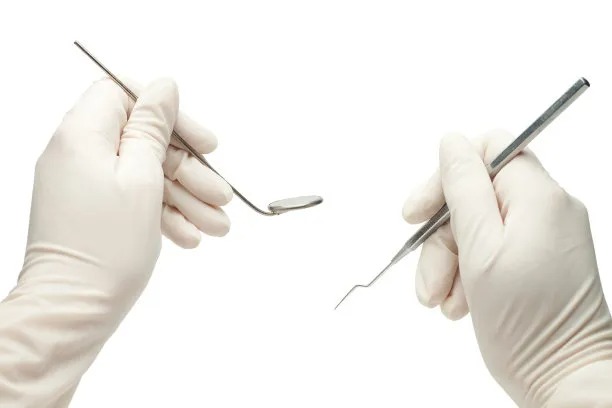The Essential Guide to Extracting a Tooth Safely and Effectively for Your Dental Health Needs
Summary: Extracting a tooth might seem daunting, but understanding the process can ease your concerns and promote better dental health. This guide provides essential insights into safe and effective tooth extraction, covering topics such as the reasons for tooth extraction, the steps involved in the procedure, aftercare practices, and the importance of professional help. By familiarizing yourself with these crucial aspects, you can ensure a smoother experience and maintain optimal dental health throughout the process. Whether youre facing a painful tooth issue or considering extraction for orthodontic reasons, this guide offers a comprehensive outlook on what to expect and how to manage the aftermath effectively.
1. Understanding the Reasons for Tooth Extraction

Various reasons may necessitate a tooth extraction, and understanding these can help patients make informed decisions regarding their dental health. The most common reasons include tooth decay, periodontal disease, and overcrowding. When a tooth is severely decayed, it may become unsalvageable, leading to extraction to prevent further complications.
Periodontal disease can result in substantial damage to gum tissue and bone, potentially requiring extraction to preserve the integrity of surrounding teeth. Moreover, overcrowding often occurs in orthodontic cases where there is insufficient space in the jaw for all teeth. In such situations, extraction can create the necessary space for alignment.
Additionally, wisdom teeth removal is a common procedure due to potential impacts on oral health. They may become impacted or fail to emerge properly, leading to infections or alignment issues, thus justifying their extraction.
2. The Steps Involved in Tooth Extraction
The tooth extraction process is generally straightforward but requires careful procedures to ensure safety and minimize discomfort. Initially, a dental professional evaluates the tooth using X-rays and visual examinations to determine the best approach for extraction.
Anesthesia is administered to numb the area around the tooth, ensuring the patient feels minimal discomfort during the procedure. For simple extractions, the dentist uses specialized tools to loosen the tooth before gently removing it from the socket. If the extraction is more complex, such as a surgical extraction, incisions may be made in the gums to access the tooth.
Post-extraction, the dentist will provide specific instructions to manage pain and bleeding, along with any necessary prescriptions for pain relief or antibiotics. Understanding these steps can help alleviate anxiety and prepare patients for what lies ahead.
3. Essential Aftercare Practices for Recovery
Following a tooth extraction, proper aftercare is critical to promote healing and minimize complications. One of the first recommendations is to bite down on a gauze pad to control bleeding, which usually subsides after a few hours. Patients should avoid rinsing their mouth vigorously during the initial 24 hours to ensure blood clots form effectively.
Pain management is another vital aspect of post-extraction care. Over-the-counter pain relievers or prescribed medications can help alleviate discomfort. It’s also essential to maintain a soft diet early on, avoiding hard, spicy, or crunchy foods that could irritate the extraction site.
Regularly monitoring the extraction site for signs of infection, such as increased swelling, persistent pain, or unusual discharge, is equally important. In case of adverse symptoms, contacting a dental professional immediately can help address potential complications early.
4. The Importance of Seeking Professional Help
While some individuals may consider performing extractions at home, seeking professional help is crucial for safety and efficacy. Dental professionals possess the necessary training and experience to handle both simple and complex extractions, minimizing risks associated with these procedures.
Additionally, professionals can provide tailored advice based on individual health conditions, ensuring that any underlying issues are addressed and that the extraction process aligns with the patient’s overall dental health.
Furthermore, post-extraction follow-ups may be required to monitor healing and manage any complications. Dentists are equipped to provide ongoing care and advice that can greatly enhance the recovery process, making their expertise invaluable in ensuring safe and effective tooth extraction.
Summary: Understanding the ins and outs of tooth extraction can significantly improve your dental health experience. By recognizing the reasons for extraction, familiarizing yourself with the procedure, adhering to aftercare guidelines, and seeking professional help, you can navigate this essential aspect of oral health with confidence. Proper management of tooth extraction not only aids in recovery but also contributes to a healthier smile in the long run.
This article is compiled by Vickong Dental and the content is for reference only.



